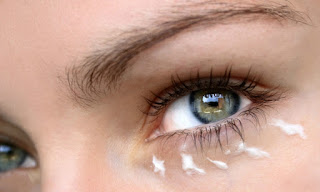Hyaluronic Acid for Skin
Hyaluronic acid is a necessary ingredient to support skin elasticity.
Hyaluronic acid is a necessary ingredient
to support the elasticity of the skin. As the age increases, the amount of
hyaluronic acid in the body gradually loses, resulting in a decrease in the
moisture content of the dermis, and the skin will produce wrinkles relaxation.
Soft tissue augmentation is used to treat
wrinkles caused by skin aging, or some distressing concave lines and scars, and
to inject collagen, artificial dermis, hyaluronic acid, and autologous fat into
the skin. Hyaluronic acid is a popular material for subcutaneous injection
because of its strong moisturizing effect and almost no allergic reaction after the injection.
Hyaluronic acid used for injection is a
purified ingredient, after injection will be fused with the original hyaluronic
acid in the body, the skin will swell, wrinkles flattened protuberance, high
safety. At present, the domestic imported products are Restylane, fineline,
perlane, hyaluronic acid injection will be gradually absorbed by the body
metabolism, each time can maintain the effect of 6-8 months. It has been widely
used to fill in wrinkles such as statutory wrinkles, corners of the mouth,
wrinkles between the forehead and eyebrows, and even to correct nasal tip, lip,
chin, acne, and varicella scars.
Hyaluronic acid is the main component of
human cell stroma. The hyaluronic acid injection is to inject hyaluronic acid in
the way of "filler" into the skin folds depression or want to be
rich, such as lips, cheeks, nose, chin, scars and other places, can achieve the immediate effect of wrinkle removal and change of appearance. Because the body
will absorb the injected hyaluronic acid slowly, it depends on individual
circumstances. The course of treatment can last for about 10 to 12 months.
Therefore, in order to maintain the effect, intermittent injection is needed.




Comments
Post a Comment